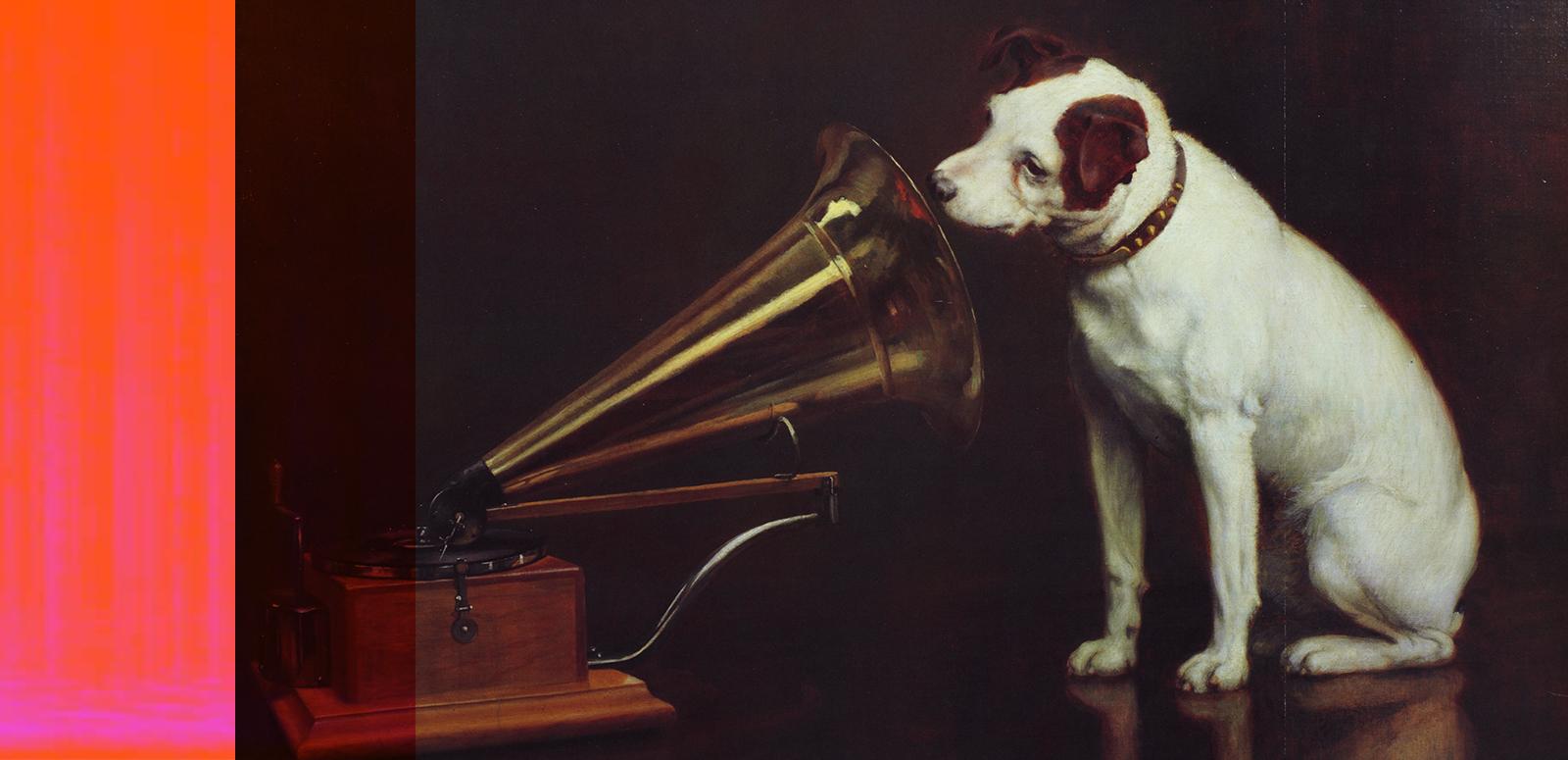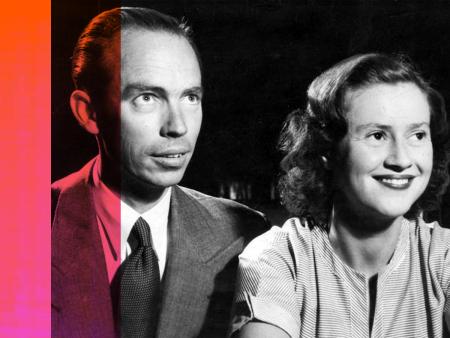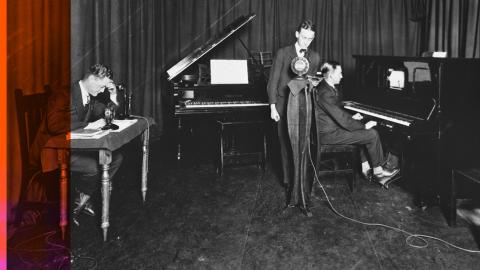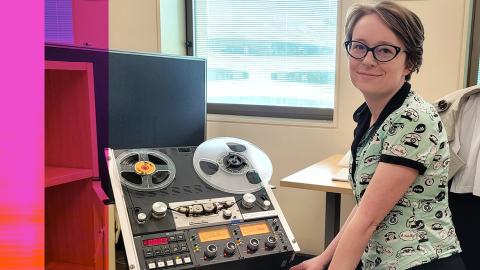When radio took off in the 20th century so did the belief that the airwaves offered the chance to communicate with spirits – an anxiety that cast a shadow over radio’s inception story and still endures with new technological advancements today.
This feature is part of the NFSA's Radio 100 celebrations.
By Alexandra Heller-Nicholas





